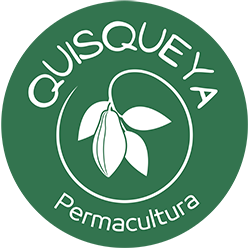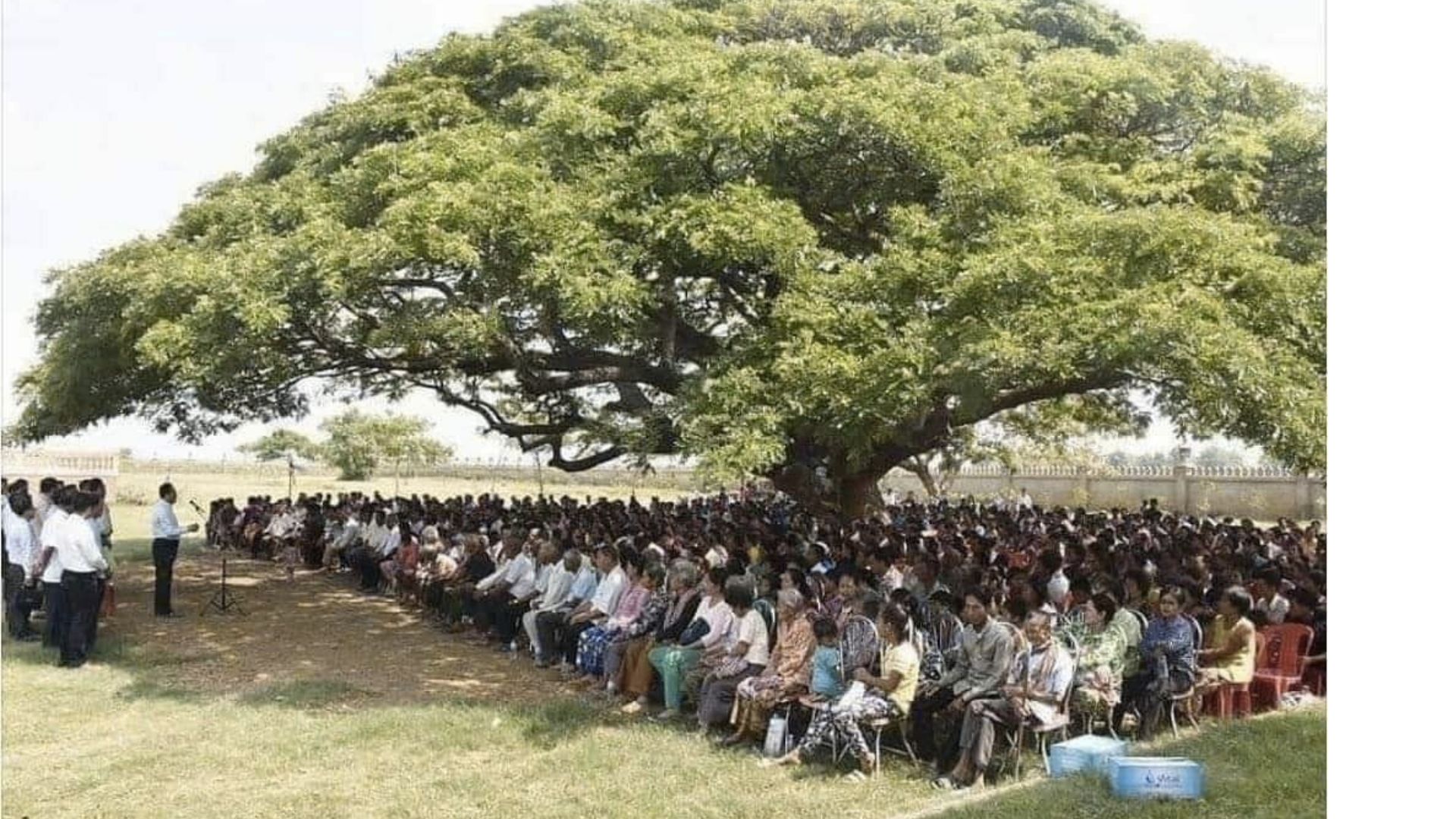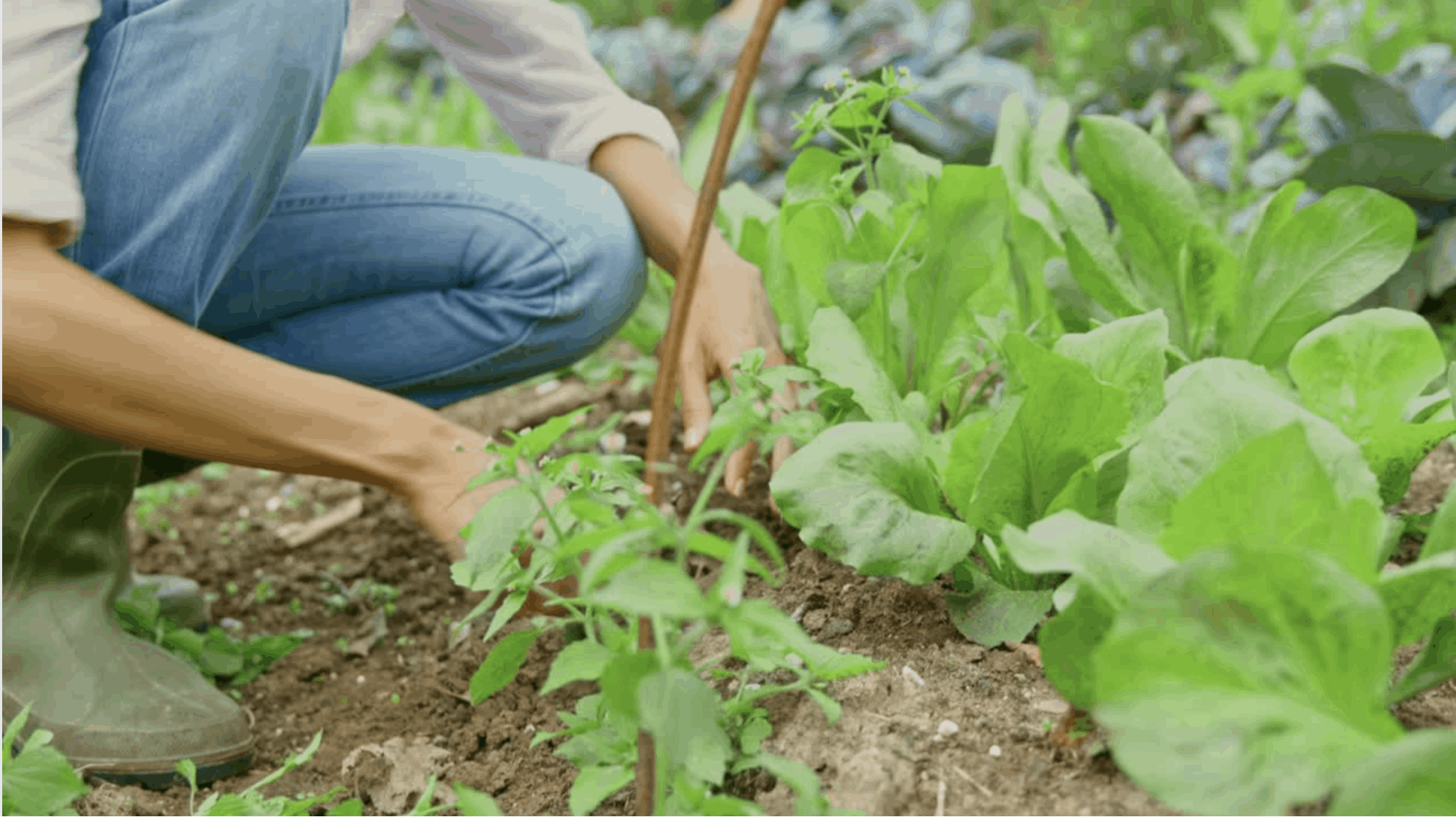Why Are Trees Extremely Important to the Majority of Countries
Introduction
Did you know trees play an important role in making communities around the world healthier and more pleasant places to live?

Credit to the photographer
In fact, what makes a community more wholesome, safe and healthy is the ability to meet the needs of its members. Trees help take care of us! Some of the things we can get from them include:
- Materials: food, tools, clothing, shelter.
- Social and cultural resources: space to strengthen relationships with the family and the neighborhood (meetings, exchanges, entertainment, well-being)
- Justice: The opportunity for food sovereignty and fair distribution within the members of the community and, the excedents, within the ecosystem.
The majority of the countries, also considered as the Global South, are increasingly dependable on subsistence farming, animal grazing and ecosystem-based tourism as the pillars of their local economy.

Over time , the use that humans give to the land has transitioned to develop in a way that negatively affects human health, the quality of our air and water, our biodiversity and our climate. Population growth, as well as, development in industries and technology have seen a loss of local traditional knowledge and practices, and have communities shifting towards a culture that is disconnected from the land and its resources.
The transition has led to erosion of the soil and the loss of fertility through the implementation of more conventional practices that include aggressive farming methods, adopting monocultures, deforestation, and heavy use of agrochemicals. In the process, trees are sacrificed left, right and center.
Because of this, countries suffer grave social, environmental and economical consequences:
- Farmers are no longer finding land available for agriculture or food for their animals
- People are being exposed to the increased risk, vulnerability and impacts of climate change (extreme weather that derives in flooding, landslides, drought)
- There is a shortage of fresh, potable water as streams, watersheds and river systems dry up.
- Communities carry the social, environmental and economical burden as they are displaced, their local identities, traditions and biodiversity are lost, and the economic gap within the local society widens.
Thus there is an URGENT NEED to re-shape the way we think, reclaim and bring forth practices, values and traditions that can lead us to find ALTERNATIVES in the way that we use our Land. By doing so, we are also contributing to:
- restore life and regenerate the eco-social resources of the Earth
- make economies diverse and dynamic
- create abundant and productive systems.

So Why are Trees Important for the Transition?
Funny enough, whilst studying science in school, we go without necessarily being taught the skills we need to protect the resources that help to sustain life. Or that allows us, as a collective set of living and non-living organisms, to thrive and survive.
Only as an adult, after having graduated from both school and university, did I truly comprehend the numerous direct and indirect yields and services that trees can provide to Nature.
- Trees are Perennials: One seed can produce a plant. That plant, in turn, can produce hundreds of kilos of flowers, fruits (and seeds!) that different micro and macro organisms, such as soil microbiology, animals, and humans can enjoy for decades, and even hundreds, of years .
- Regulate Ecosystem Health: Trees are capable of de-compacting soil, thus allowing more oxygen and water to reach deeper layers. They contribute to the nutrient cycle through their root systems and biomass production, absorb carbon dioxide and nitrogen from the air through their leaves, pump oxygen into the atmosphere, serve as habitat and food hubs for wildlife and help to regulate ecosystem health in infinite ways!
- Prevent Erosion: Protects the life of the soil, because the mulch or organic matter slows down the runoff of water. Improves the physical quality of the soil and protects it from erosion. Trees in the landscape can prevent risks associated with storms, landslides and earthquakes. And can actually ensure better conditions for agriculture.
- Produce Water: Trees absorb water through their roots, distribute it to their leaves and release it back into the atmosphere, via transpiration, . Thus contributing to the water cycle. They also increase the capacity of the soil to store water, as they act as a sponge, cool soil temperature and provide the shade needed to retain humidity. This allows them to produce water to keep plants hydrated without rain and restore underground water systems.
Humans, who are a part of Nature, benefit too!
A children’s book that reminded me of the importance of trees in communities was: Trees of Change: A True Story from Africa. This book was about a young Professor Wangari Maathai, who one day, after studying with a scholarship in the US, returned to her village in Kenya . Only to find the havoc from the results of deforestation caused by illegal logging and development upon her town.
Moving to action, during the 1970’s, Wangari, started a collective movement, with people, mainly young girls and women, from her community. Thus giving birth to what is known as the Green Belt Movement (GBM), recognized for planting over 30 million trees in Kenya and its surroundings.

This true story reminded me of what so many of us go through.
At some point in our lives, we leave our home lands. One day, we come back to find empty plots of land, burnt soil, cut down trees and/ or cement structures where trees once lived. Nostalgia overcomes us! What we have left is the memory and yearning of all the things that we once received from those trees: a sense of ease, singing birds, easy fruit picking!
Wangari’s story reminded me that when we identify with a place, protect it and regenerate it we help foster livelihood. Through their work, these women helped to reconnect with the land and culture, diversify the local economy, foster participatory governance, create sustainable livelihoods, build climate resilience and build community empowerment.
Other Specific Benefits of Trees
Remember, Humans ARE A PART OF NATURE!
However, in major towns or cities people have brief experiences with nature and trees. With the hustle and bustle of city life, these encounters generally occur through the use of sidewalks and/or parks for recreation and sport. It is also uncommon for people to own land and have the liberty to plant trees, hence they have limited access to the plentiful direct and indirect yields that trees can provide us.
However, in the majority of countries people continue to have access to land, preserve strong connections with it and carry- on, from older generations, the skills needed to take advantage of them. The sad part is that this is rapidly changing!

Trees promote:
- Biodiversity: Trees are home to a wealth of wildlife, from pollinators, predators, and rare animals, to shade-loving plants, and complex webs of fungi. All an integral part of our human support systems!
- Human Health: Trees are abundant in their own right, from their fruits, leaves, sap, flowers, roots, bark we can obtain food, drink, oils, and medicine that supports human health.
- Livelihood: Trees provide everyday life support, as they can provide services and products such as: shade, community gathering space, recreation, timber for construction, fuel, fiber, rubber, paper, matches, instruments and other objects used in our home, art or other ways. These products can be obtained from tree roots, pulp, sap, wood and leaves of trees, and if sourced and processed in a renewable way communities can continue to enjoy them throughout generations!
- Regenerative Agriculture and Grazing : Trees are vital to agriculture because of all the benefits they provide to the soil and environment. They create fertile conditions through the process of natural succession, accumulating organic matter to cover and feed the soil, reducing the soil temperature, feeding the soil food web and maximizing water retention. They’re also excellent when integrated in holistic animal grazing systems and provide habitat for birds and other natural predators that are beneficial to the health of the ecosystem. Thus reducing and/or eliminating the costs related to animal feed and agrochemicals!

- Economy: Trees give our communities access to a better quality of life. Not just through providing sources of food and resources for daily living. But, if used wisely and are placed as elements within a conscious design, they can also provide abundant experiences, products and services needed for communities to sustainably innovate, and gain access to industries such as regenerative agriculture, hospitality, agro ecotourism, sustainable and ethical cosmetics & pharmaceuticals.

SOLUTIONS:
Regeneration through the form of:
Education: The government has the responsibility to create policies that guarantee, creating awareness in the public and private sector, schools and universities. Private organizations, NGOS can also integrate environmental awareness campaigns and programs that can provide the knowledge and capacities needed to understand the current challenges, understand the importance of trees and biodiversity.
Permaculture Design & Agroforestry: Agroforestry and Permaculture focus on harvesting energy for maximum production of resources such as food, biomass, water, timber, medicine, etc. Trees must always be integrated into our productive systems for the infinite list of benefits that they provide for the ecosystem.
Regenerative Development and Regenerative Tourism: Seeking to help to regenerate the damage we have done to our ecosystems. Regenerative development is a systems-thinking approach to development and tourism. Through it the local environment, the local community and the local cultural heritage are protected, integrated and showcased with the utmost respect. This approach looks to:
- Foster transparency, trust and participation by holding meetings participatory to help find solutions to common problems with all stakeholders involved.
- Integrate local people, practices, architecture, art, artistic expressions and values into design and/or organizations
- Create awareness and capacities for regeneration in all collaborators
- Design landscapes functionally, providing an array of food and ecosystem services.
- Harmoniously integrate people and infrastructure into natural surroundings
Conclusion:
In simple words: Without trees, humans would not be able to survive. Trees support life.
By promoting nature cycle’s and biodiversity, creating bountiful resources, filtering water and air, and fostering social relationships and community, trees promote a better economy the health and well-being.
As the world panics at our current food, environmental and economic crisis, trees have become a simple and efficient tool; as they can allow us to meet our needs and to find solutions to counter our complex world problems. Join us on the tree planting revolution!

How do you see yourself contributing to the success of trees? What do you think can be done by the individual in order to preserve and promote trees locally? Where does one start? When is there a better time to start than now?





